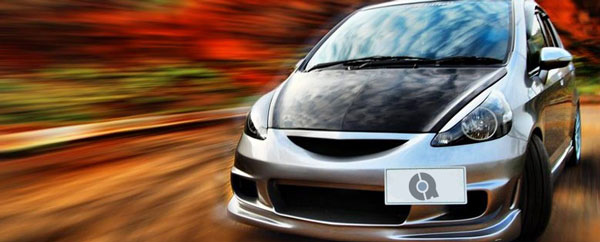
There are several things to look at when your website has bad latency. Slow loading pages can be frustrating for viewers and can be loss of business for you. There are several things that cause latency issues on websites. This article will review examples from popular websites and examine the tools they use to help ensure that a website loads quickly and efficiently for viewers.
1. Do Not Allow Hotlinking – Hotlinking refers to the use of files, hosted on your website, on someone else’s blog or website. These files use your bandwidth when displayed through a hotlink. Referrer logs will show unknown websites sites such as social networking websites or message forums and are one way to tell if someone is hotlinking to your server. Comparing the number of times a file is viewed as opposed to the web page where it resides is another. Clues such as high views for a file and low views for the web page is a tip that the file is hotlinked.
Eliminating hotlinking is easy. Hotlinking protection should be turned on in your control panel. Also, for more advanced users, it is effective to block hotlinking by creating an .htaccess file. This allows you to set a filter for requests from other websites to view various files on yours.
2. Enable Caching – A server side feature you can use to decrease load times for your website is PHP caching. WordPress is a resource intensive application, yet maintains fast load times due to this tool. Most web hosting companies offer an application like Zend Optimizer, effectively boosting the power of anything written in PHP. With cashing enabled, servers compile the page once, then the plugin saves the page image as a static HTML file. The next time that WordPress tries to open the page, the HTML file will be opened, saving the work for the server.
3. Code & JavaScript Compression – A careful review of the source code and removal of unnecessary characters is another way to increase load times for a websites. Comments left in the coding are one form of unnecessary character usage. It is important to remember that not only can compressed code can be very difficult to read, but deleting the wrong characters can be devastating. It is wise to only do this if you are experienced with code. Software programs, such as Gzip, accomplishes the same end result but with much less risk to users.
4. Poorly Optimized Databases – Google uses thousands of engineers to keep their websites adjusted as needed, ensuring load times are optimized. Without extra manpower, there are several things you can tweak to help your own database load faster. Using phpMyAdmin to optimize the database, as well as optimizing Joomla, Mambo, and WordPress will increase load times. Checking and adjusting the back end software for your site also helps.
5. Location of Server – The location of the server in use is important. Quite simply, closer is faster. The use of a simple ping test will determine how far the server is from you. You may wish to choose a new web hosting company if their location is more than 40 miles away. It is possible that the company be willing to move you to a closer data center in an effort to retain clients.
6. CSS Files Over 75KB – CSS files are always recommended between 15-30kb. Larger websites however, may need to use larger files. Other quick fixes are basic color expression in four letter hex codes, and CSS class consolidation will also help the problem. Of course, regular maintenance of the website, including removal of old items no longer used, will also help speed up load times.
7. Image Optimization – The use of images is important but choosing the best image format and size results in a website that loads quickly. GIF images simply load faster, and JPEG images should be reserved for photographs needing to maintain quality when the image is compressed in size.
8. Switch to faster WordPress hosting – Your web host is essential with regards to your site speed so make sure to switch to faster WordPress hosting. WordPress is most effective in a rich and efficient hosting environment.
Depending on the number of images displayed on a website, it can be very important to choose the correct scale for images on it. The decision to display one larger or several smaller images is dependent on the type of page displayed, and the information the builder wishes to convey. Popular websites like Yahoo! and Facebook each display images and both load quickly, but their method of image display differs in the size and number of images shown at any one time.